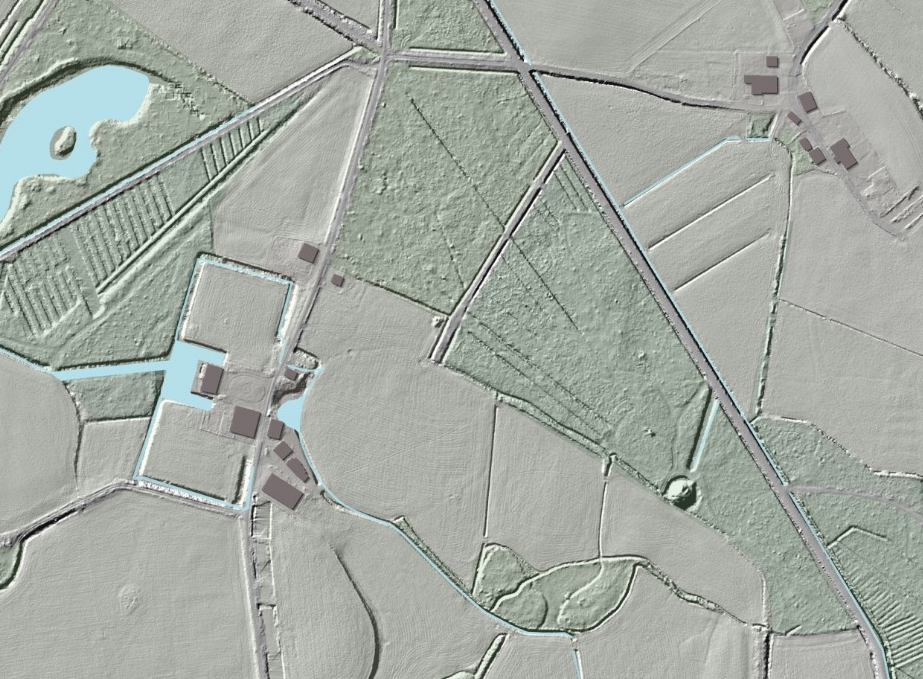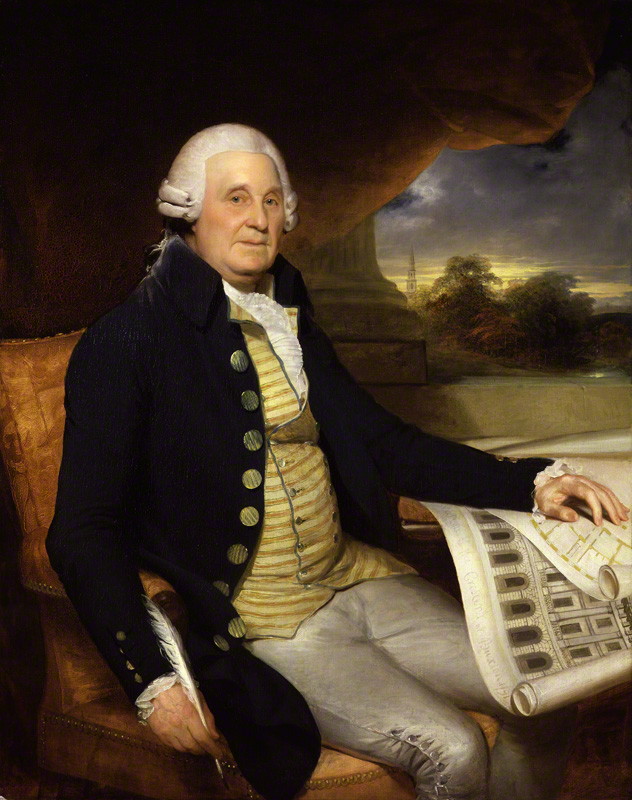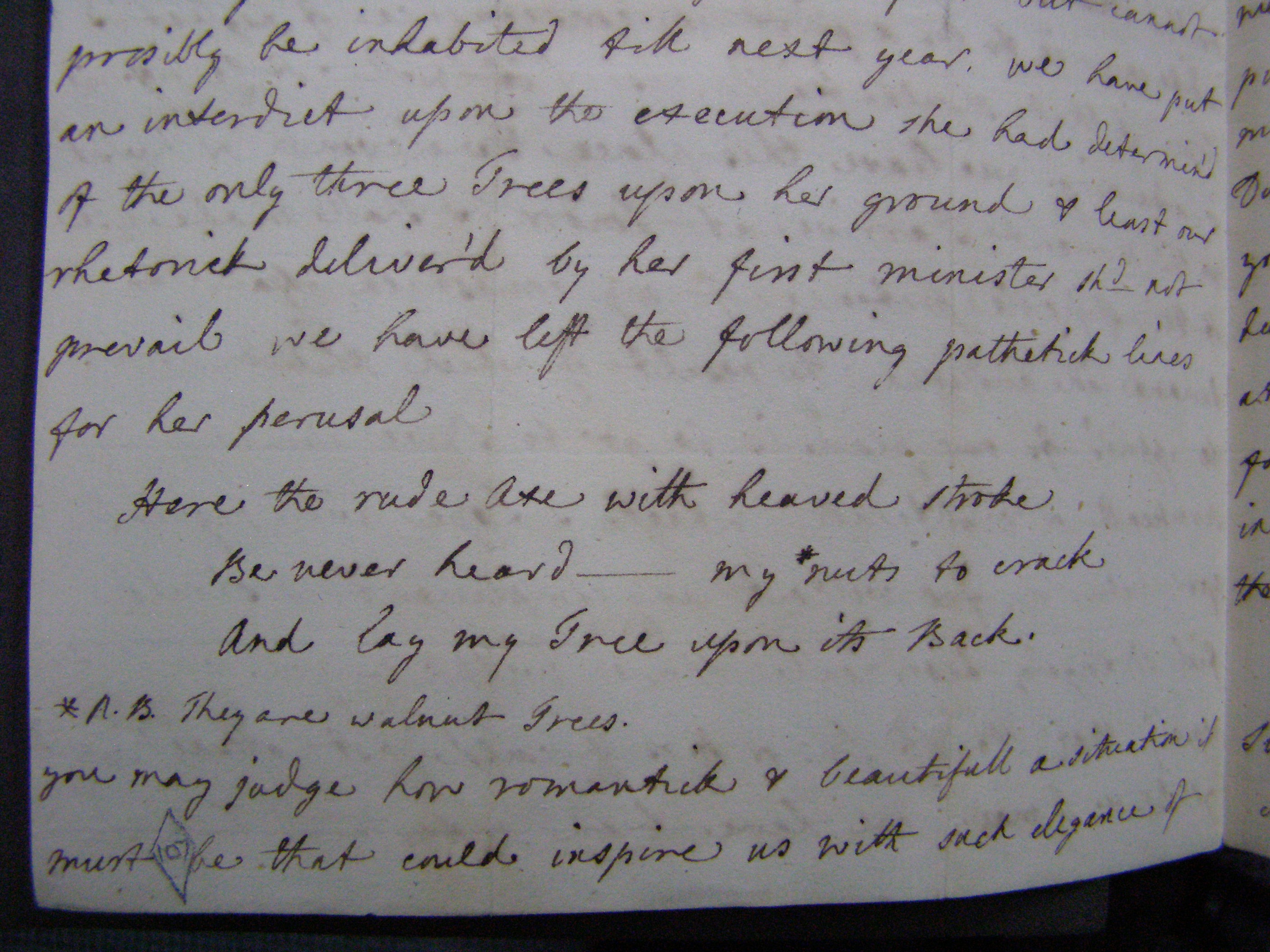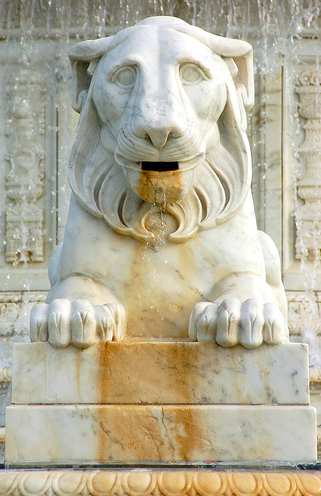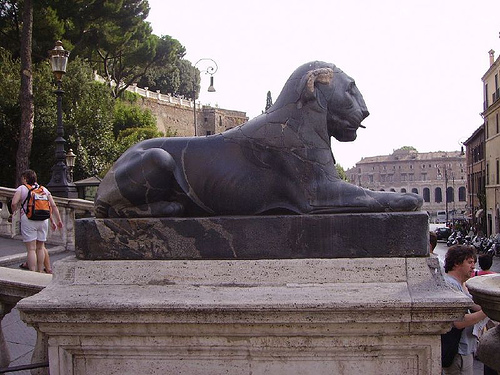Templar cave or 19th century folly
Zoals de Volkskrant vanmorgen al schrijft: berichten over een pas ontdekte Tempeliersgrot in Shropshire zijn een typisch geval van ‘een goed verhaal moet je niet doodchecken’. Ze deden het toch. Hoewel de oorsprong niet helemaal duidelijk is, lijkt het niet meer te zijn dan een fijne folly, gemaakt in een in onbruik geraakte steengroeve. Niets nieuws voor tuinhistorici.
Zoals de Volkskrant vanmorgen al schrijft: berichten over een pas ontdekte Tempeliersgrot in Shropshire zijn een typisch geval van ‘een goed verhaal moet je niet doodchecken’. Ze deden het toch. Hoewel de oorsprong niet helemaal duidelijk is, lijkt het niet meer te zijn dan een fijne folly, gemaakt in een in onbruik geraakte steengroeve. Niets nieuws voor tuinhistorici.

